It was with astonishment that I read the telephone message from my brother last night to the effect that a tornado had hit Clonfert but our parents were safe. Needless to say I was initially incredulous. Ireland is not known for its extremes of weather and a tornado of any sort is an exceptional occurrence, but as more and more information came in it became clear that a miniature localised tornado or whirlwind rose locally and expired locally in east Galway, centred about the ancient cathedral at Clonfert and its graveyard.
Reports came in of a ‘black cloud’ arriving out of nowhere and spinning towards the cathedral of Clonfert shortly after 6.30pm, its funnel uprooting trees, gravestones and destroying buildings as it moved across the countryside. Homes in the area had been left without electricity in its wake.
I should explain that my family home is situated within a few miles of the Cathedral in the same parish and, like many of the local population, generations of my family lie buried within its grounds. Once the site of a religious settlement founded in the middle of the sixth century by St. Brendan the Navigator, the centre of a medieval town and the site of a wealthy Augustinian monastery, all that remained above ground by the mid nineteenth century was the Cathedral with its celebrated Hiberno-Romanesque doorway, a constabulary station across the way and behind the Cathedral the former residence of the Bishop of Clonfert.
This morning, the Local Authority, Galway County Council, had cordoned off sections about the Cathedral, advising people to avoid the area given the amount of asbestos roofing material cast about the area by the winds of the previous night.
The Cathedral grounds were busy nonetheless with local people, newspaper photographers and cameramen surveying the damage. Remarkably, nobody appeared to have sustained serious injury during the incident. Equally remarkable was the fact that while considerable damage was done to the mature trees and several of the headstones immediately about the Cathedral, as the wind swept in front of the building and made its way around the side and rear, the building itself had escaped unscathed without a pane of glass or slate touched.
The Cathedral of Clonfert, the earliest sections of which date from at least the late twelfth century. The tornado swept among the stones and trees about the building, leaving its fabric unscathed.
The shattered remains of a headstone to the McEvoy and Killeen families, which stood immediately inside the entrance gate to the graveyard.
The remains of another nearby headstone, dedicated to the memory of members of the Larkin family of Banagher, County Offaly and Kilmacshane in Clonfert parish.
The remains of the Nevin burial plot, its nineteenth century celtic style cross broken and cast aside by the cloud’s funnel. Many of those crosses damaged in these winds date from about the nineteenth century.
Local people gather on the public road before the former Constabulary Barracks at Clonfert, now the house of a family named McEvoy, directly across the road from the cathedral at Clonfert. Profiled metal roof panels and timber rafters were torn from the roof of a shed behind this house and blown across the road by the winds. Behind, part of the wood through which the funnel travelled as it wound about the cathedral.
Behind the Cathedral lies a cluster of religious buildings that compose the ‘Emmanuel House of Providence’, a collection of new and older buildings on the former site of the farmyard once attached to the old ‘Bishops Palace’ at Clonfert. The winds cut a swath through a small wood of mature trees between the church and the religious buildings behind, uprooting and felling large trees and blocking the avenue to the ‘House of Providence’. ‘The trees were dancing’ was the memorable phrase used by Mrs. Lucy Stones, who resides at ’Emmanuel House’, to describe the ferocious shaking of the stout old trees as the winds approached through the woods. Emerging from the trees, but not before knocking a number of yew trees that formed part of an old and knarled arboreal walkway known locally as ’the Nuns Walk,’ the black cloud’s funnel avoided the residential buildings at the House of Prayer, shifting to the west to tear part of the roof panels from its tea rooms before disappearing across the flat callow-land to the north in the direction of Roscommon.
Map showing the approximate route of the ‘Black Cloud’ or tornado as it travelled north about the vicinity of Clonfert Cathedral.
Clonfert Cathedral and a number of large yew and other trees uprooted by the winds and fallen across the stone boundary walls of the graveyard, viewed from the avenue behind, leading to the ruins of the Bishop’s Palace and the collection of religious buildings known as the ’Emmanuel House of Providence’ These trees along the eastern boundary of the graveyard fell upon a number of modern headstones and various burial plots within the graveyard and appear to have been the only trees that fell within the graveyard proper on this occasion, the remaining damage done to headstones inflicted by the wind itself.
One of the mature trees uprooted and felled by the tornado as it made its way through the small wood between the Cathedral and the ‘Emmanuel House of Providence’ behind.
The ruins of the former Bishop’s Palace at Clonfert, much of which dates from the early seventeenth century. Lying between the Cathedral and the modern ‘Emmanuel House of Providence’, the house was, for a short period, the residence in the 1950s of Sir Oswald Mosley and his wife Diana Guinness prior to its accidental burning at Christmas 1954. The winds appear to have swirled about the building but not inflicted any significant additional damage.
Mature tree-trunks split and trees uprooted along the avenue leading to the ruins of the Bishop’s Palace and the ‘House of Providence.’ This avenue was blocked with fallen trees and branches, cut and cleared from the road by early the following morning.
The grounds of the ‘Emmanuel House of Providence’, behind the Cathedral, with the residential buildings on the right.
The oratory at the ‘Emmanuel House of Providence’ which escaped unscathed as the tornado destroyed trees in its immediate vicinity.
The profiled metal roof panels of the ‘Emmanuel House of Providence’ tearooms, torn by the tornado.
The ‘Holy Tree’ in the woods before the Cathedral at Clonfert. Despite losing a number of branches at high level, it emerged relatively undamaged from the localised storm funnel. Continuing an ancient pagan tradition whereby people leave votive offerings or momentos of cures or tokens towards difficulties yet to be overcome.
The route taken by the ‘Black Cloud’ across the parish of Clonfert
After talking to numerous locals and hearing eyewitness accounts detailing the damage done to various farms and buildings, it became possible to piece together the route taken by the tornado from its initial appearance to its disappearance.
By all accounts it rose nearby in the south, in the vicinity of the River Shannon. My good friend Richard Campbell reported a torrential downpour there in the parish of Meelick that evening about the time of the tornado but their sky was dead calm though not three minutes drive from where the tornado first appeared.
It was first recorded in the townland of Rooaun (on the borders of the parishes of Clonfert and Meelick) near the Shannon, crossing the Eyrecourt to Banagher road (known locally as ‘the High Road’) after knocking several trees and damaging some agricultural buildings, and proceeded north across an expanse of bog known variously as the Ballynakill or Killnaborris bog. It emerged from the bog to damage farm buildings in the townland of Cankilly that once formed part of a farm belonging to a family named Mehern, then Burke and now Morris. Continuing on its northerly path, it felled trees on the edge of the townland of Kilmacshane, about the farmhouse and adjacent mobile house of Noel Kelly. Two of his children narrowly escaped with their lives before the latter structure was crushed. It continued northwards tearing up trees along a hedge in front of that house until its crossed the Clonfert to Banagher road and made its way towards the old cathedral at Clonfert in the distance.
Map showing the approximate route of the ‘Black Cloud’ or tornado, as it travelled north across the parish of Clonfert in east Galway.
Several people recalled witnessing the ‘black cloud’ at a distance from the nearby sportsfield at Clonfert. Another local man, reputed to have fortuitously left the graveyard only minutes earlier, was said to have pulled his vehicle to the side of the road along a treeless stretch of road for safety. Of the numerous persons with whom I spoke today, the nearest eye-witness was Niall Bleahen of Clontuskert. I met Niall when I stopped on the side of the road to inspect the hedges on either side of the Lawrencetown to Banagher road at the point where the tornado crossed the previous night. Niall stopped his jeep and horsebox behind my car and we both got out to chat.
Niall and his brother John had been returning from Tipperary that evening and about 6.45pm spotted the black cloud and the funnel of the tornado approaching across the fields from their left hand side (about Noel Kelly’s house in Kilmacshane). He stopped in time to see the tornado, after tearing along a line of trees, cross the road immediately in front of him and continue on its way towards the Cathedral. He confirmed other reports that the funnel was full of helpless clamouring crows being tossed and flung violently around its centre.
Although difficult to gauge as it moved, Niall estimated the width of the funnel at its base as being about the width of the road at that point, about 4.8m, confirming that it was in fact a focussed element at that stage rather than a loose collection of wind channels. He did however think that it appeared more concentrated before it approached the road and was under the impression that it appeared to fade somewhat after crossing. It had yet, however, to hit the graveyard minutes later.
Another witness, living locally, was of the opinion that a small offshoot may have separated from the principal funnel as it appeared to have damaged his brother’s shed in the vicinity and shook his mother’s house nearby, both of which buildings lay slightly to the east and alongside, but not immediately upon, the path taken by the whirlwind moving towards the Cathedral.
As it entered the woods about the Cathedral, metal roofs were torn from sheds in the vicinity. As it tore through the woods, felling more trees, it cast one upon the roof of a nearby house and flung twisted and mangled metal roofing panels about the road.
Three local men, Kieran and Vincent McEvoy and their cousin Kieran Coughlan, among those on hand to assist where needed the morning after the tornado struck.
Workers removing the fallen tree from the roof of Coughlan’s house, near the Cathedral the morning following the tornado.
It left in its wake ruined sheds, at least two damaged houses and numerous trees but incredibly the most ancient of the buildings; the Cathedral and the ruins of the Bishop’s Palace, escaped untouched. Equally surprising was the lack of serious injuries to those families who lived in its path.
News accounts of the day record it as ‘a freak weather event.’ Had we lived in a less informed time, this would have had all the hallmarks of a sign or portent from the heavens.
The collection of historical records known as the ‘Annals of Connacht’ begin in the year 1224 with an account of a momentous shower that fell upon East Galway and South Roscommon that year, that led to disease and sickness among the people and livestock. The medieval annalists who compiled the account associated the incident and its subsequent afflictions with the death that year at Abbeyknockmoy of Cathal crobhdhearg O Connor, the King of Connacht, known to many Irish schoolchildren from the poem of James Clarence Mangan as ‘Cathal mór of the wine-red hand.’
We know such events today as an aberration in the local weather conditions brought about by specific conditions, in this event a rare case of the heavy showers in Meelick leading to the formation of a dark funnel cloud that generated the devastating winds.
One cannot help wonder what the mind of the medieval annalist would have construed from the phenomenon that appeared from nowhere out of the River Shannon, left a trail of destruction in its wake, swerved to avoid the old Cathedral and the oratory behind and went on its way to disappear across the flat lands to the north.



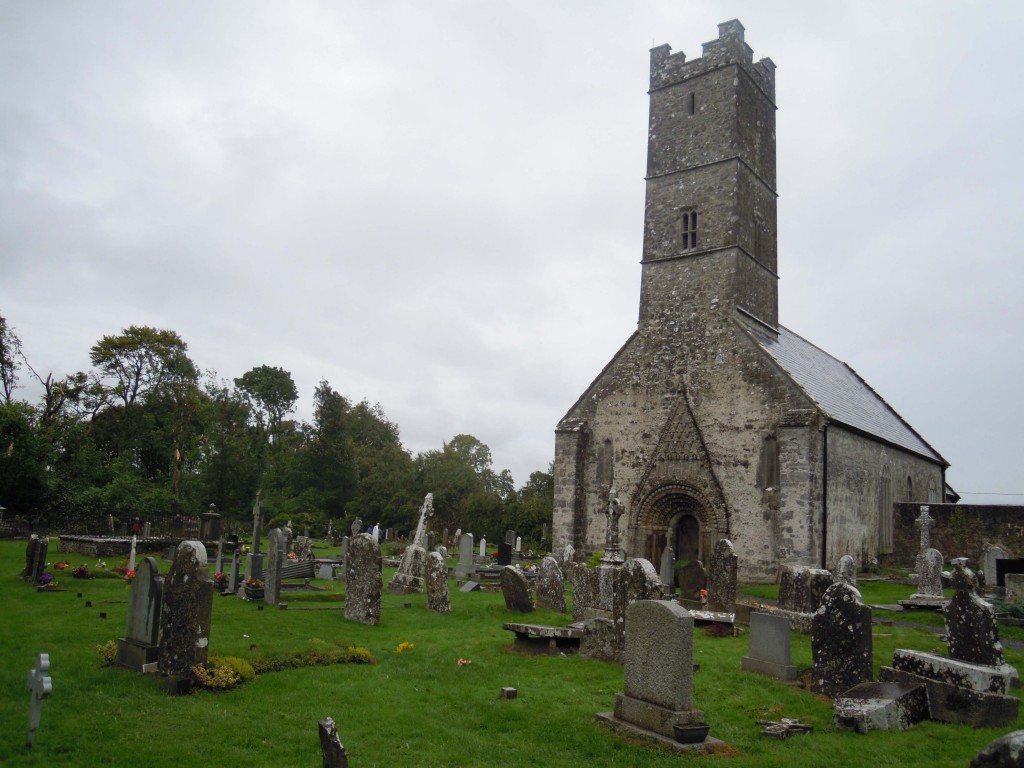
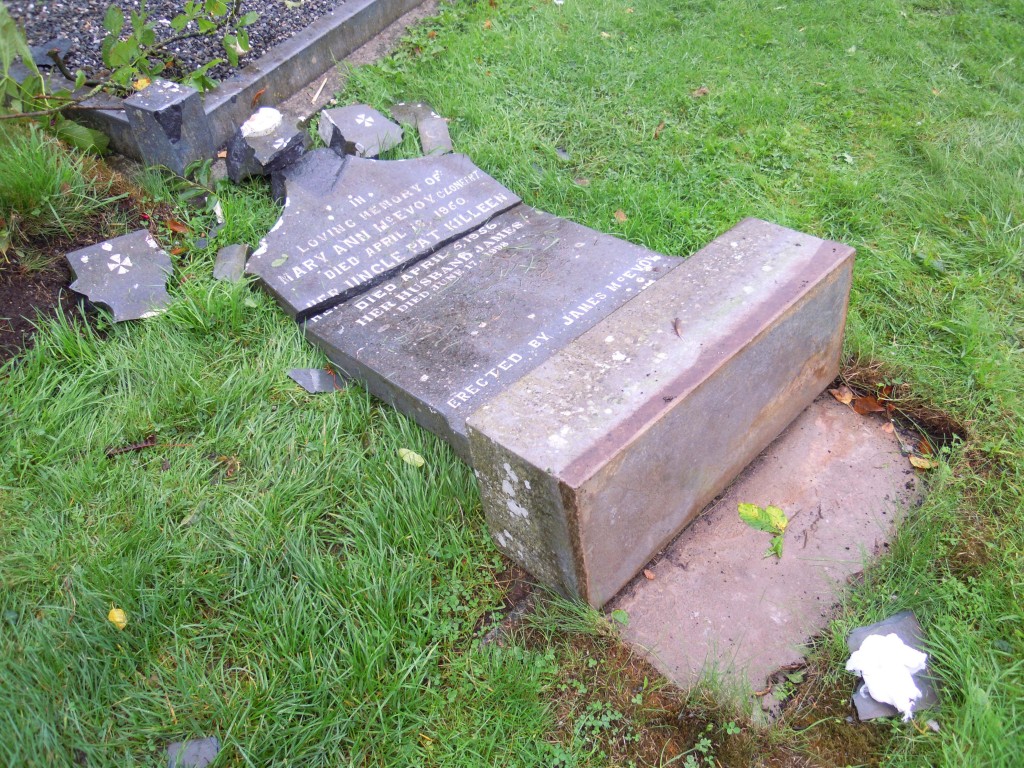
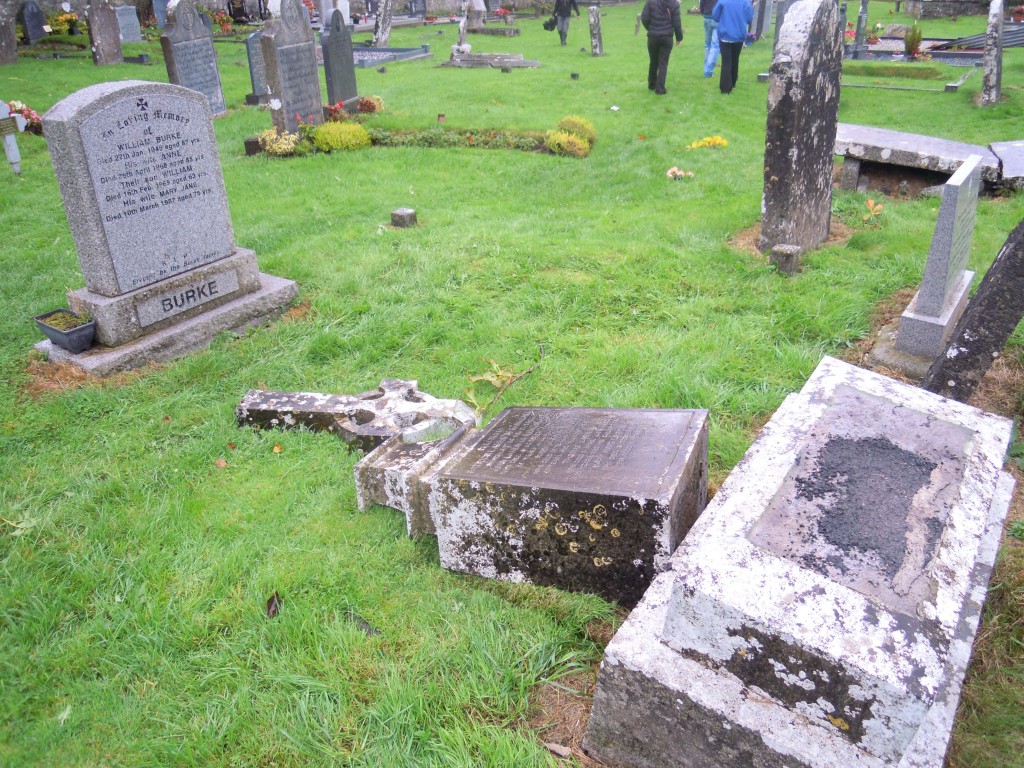
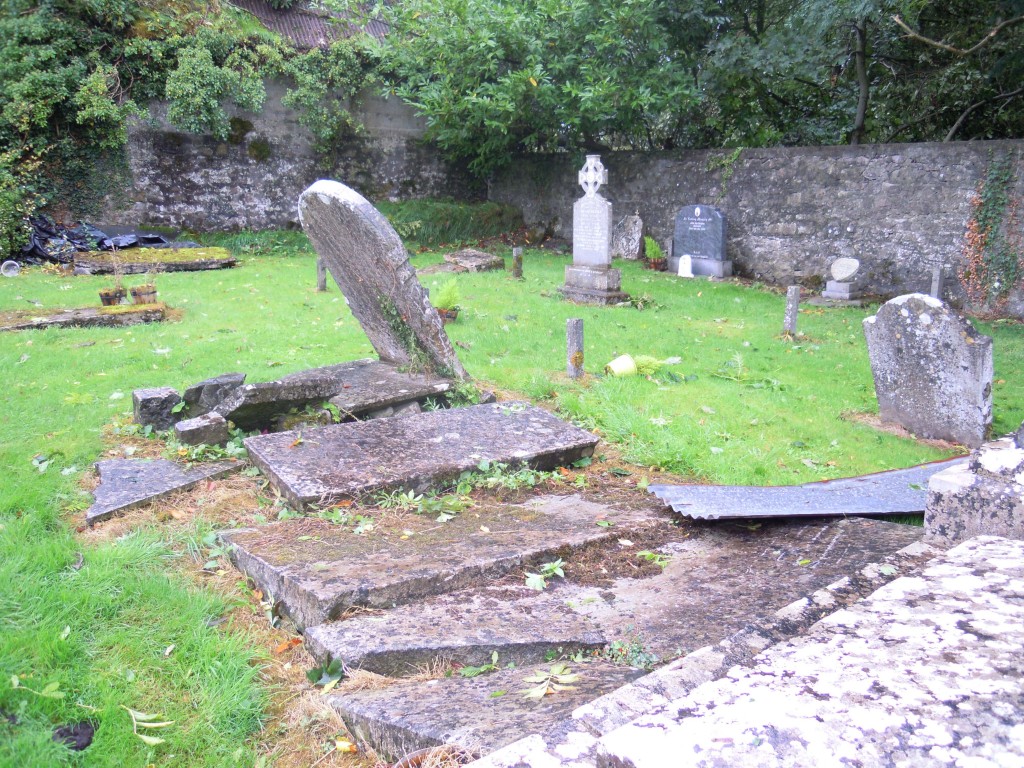
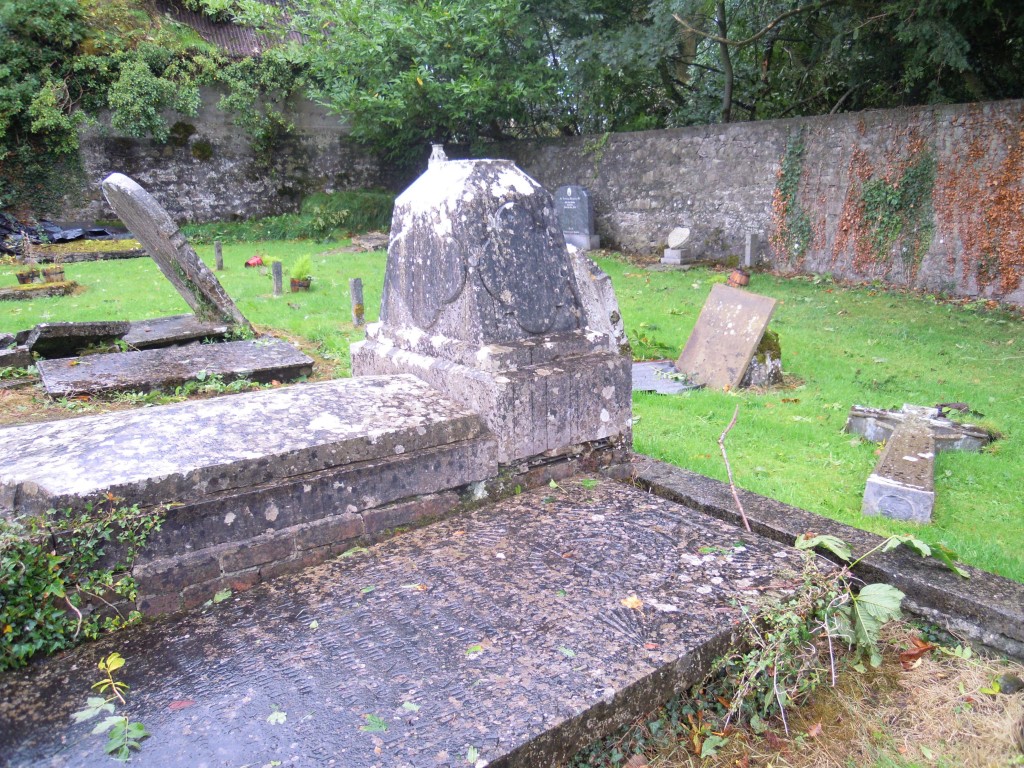
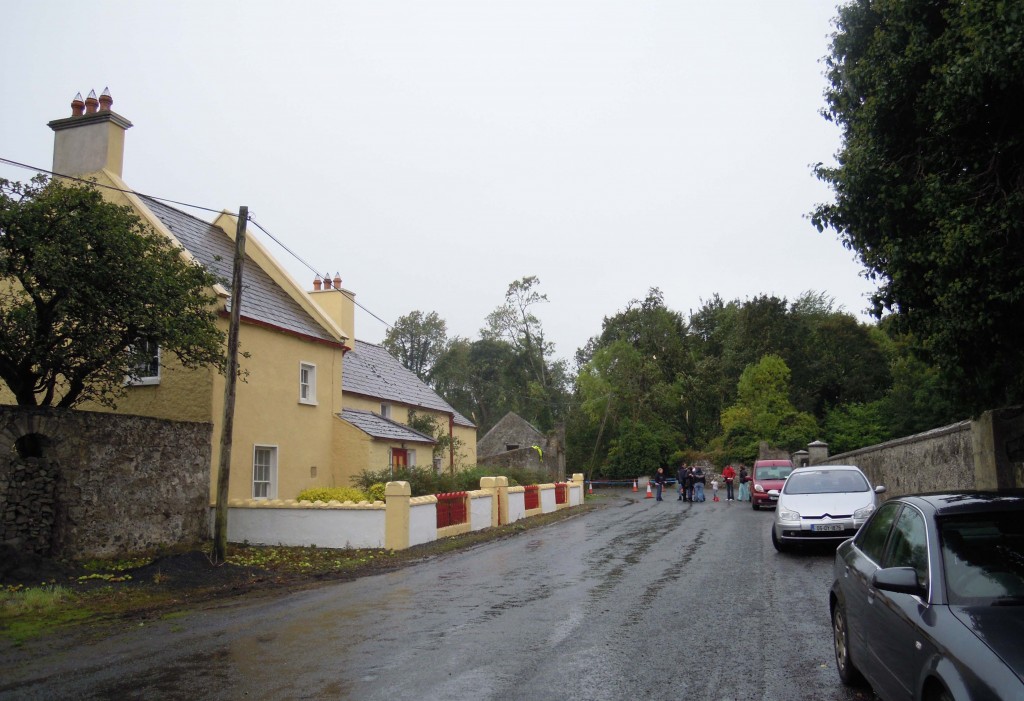
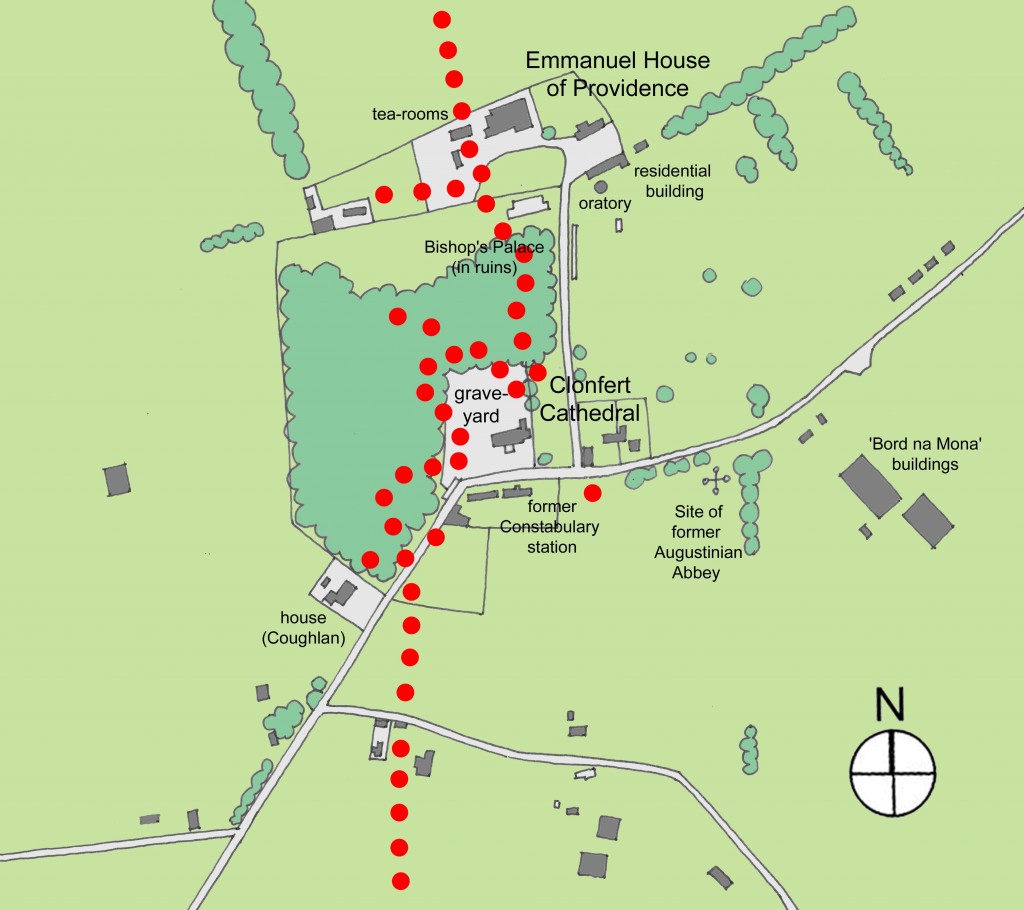
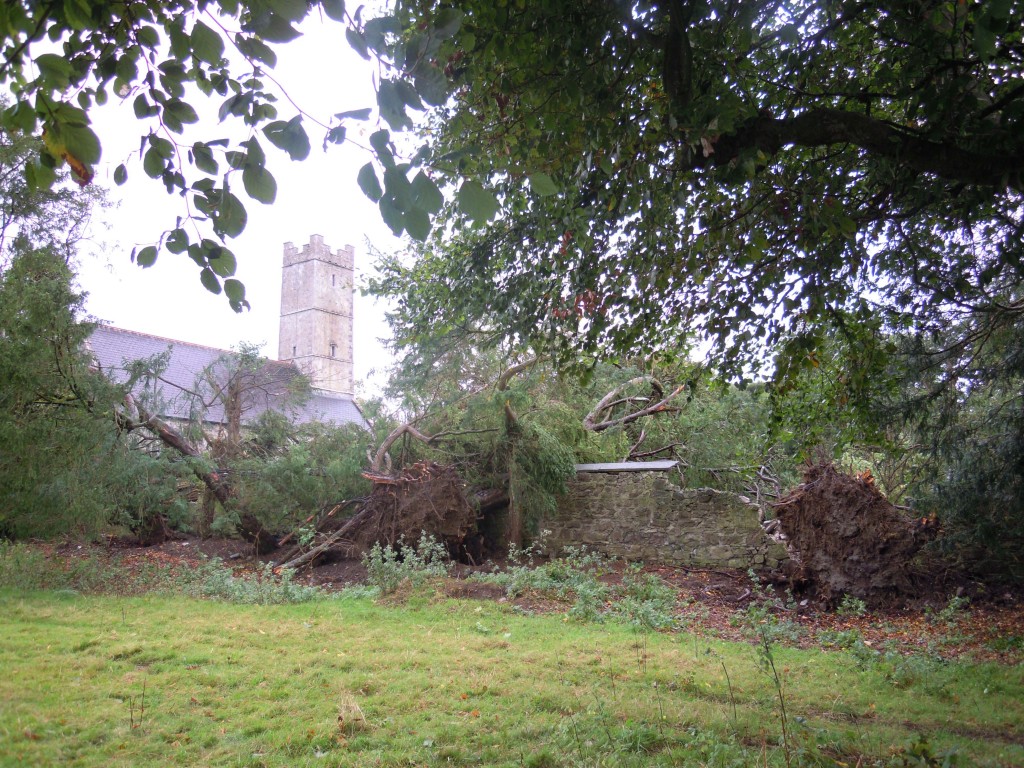
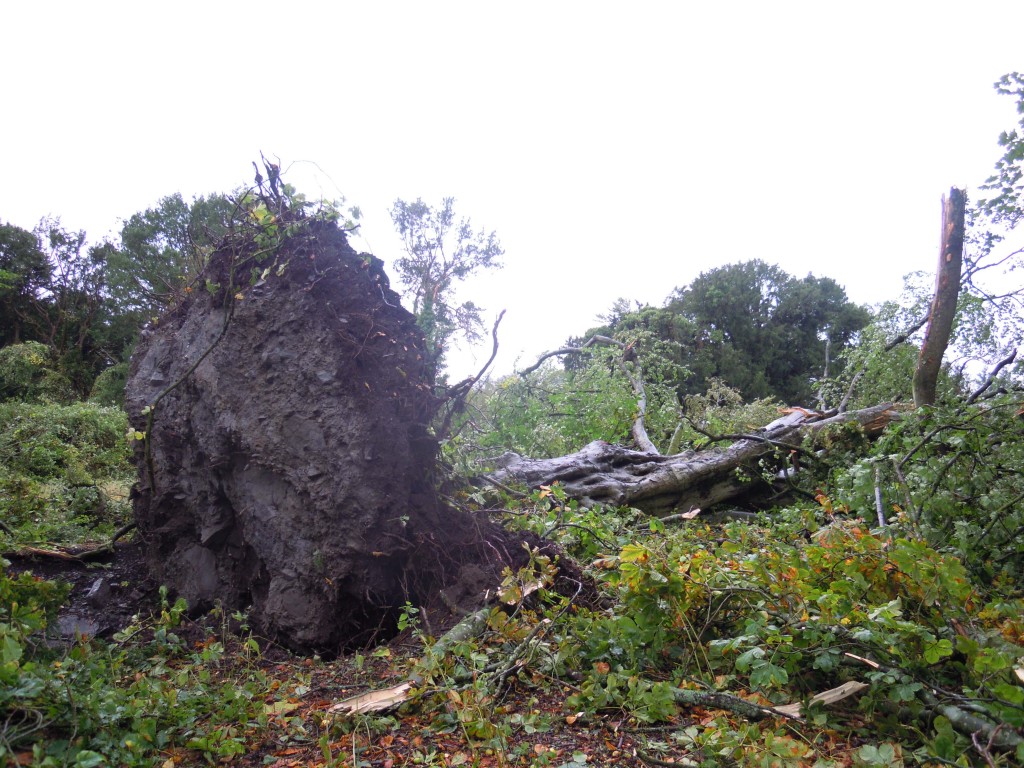
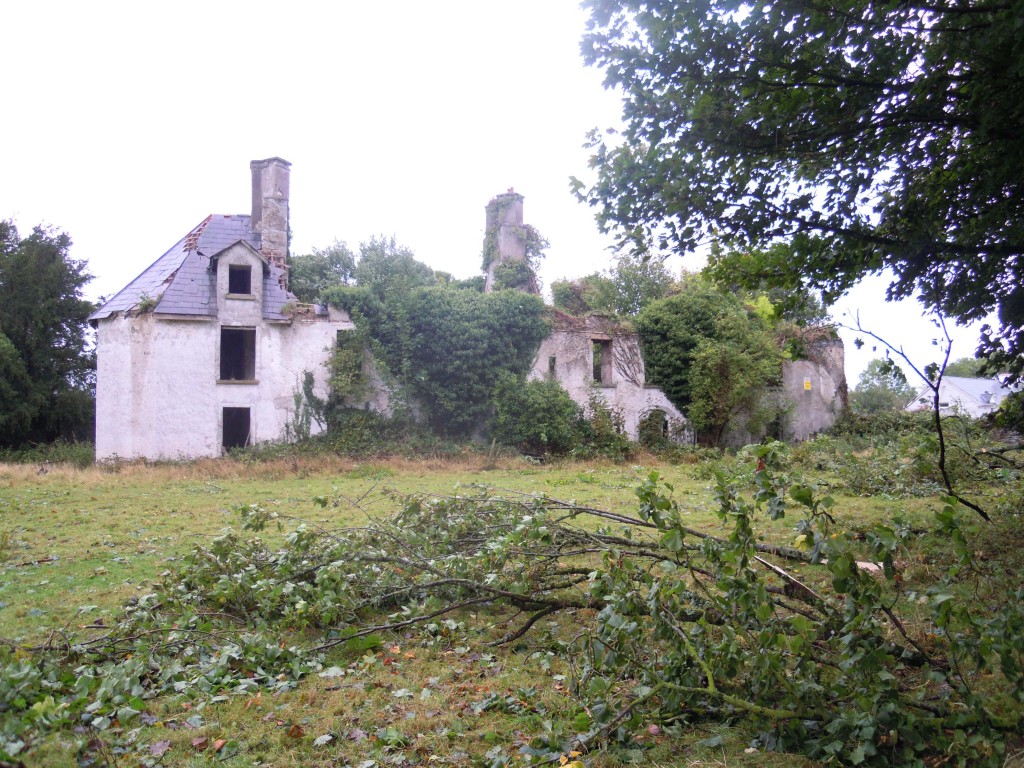
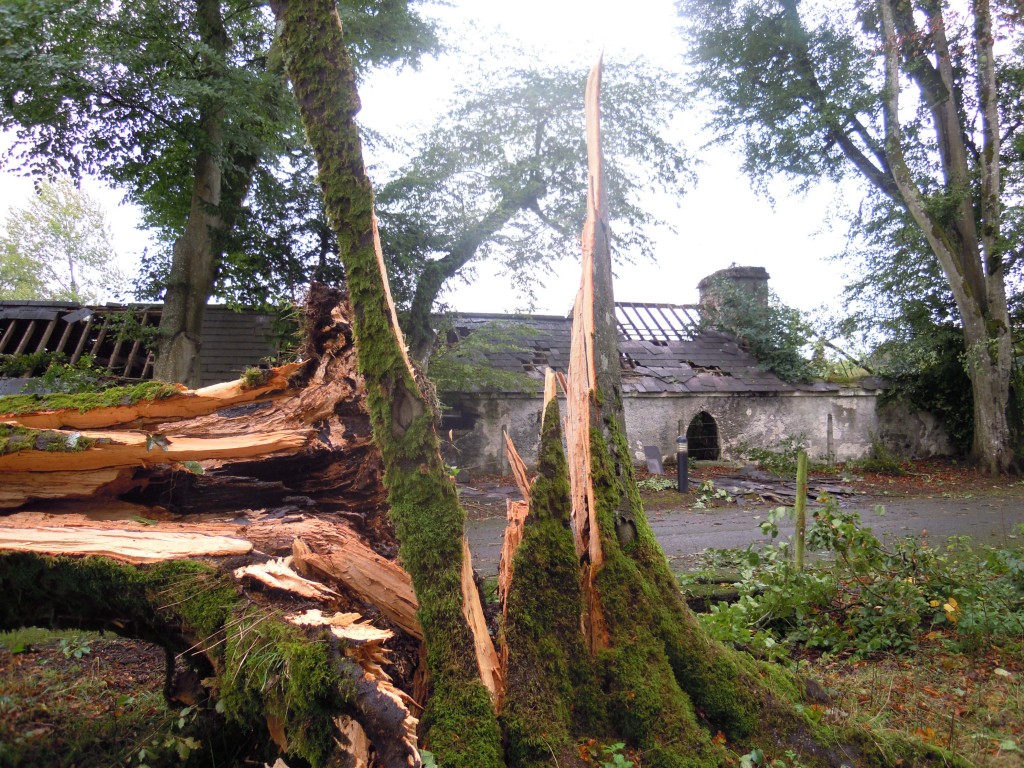
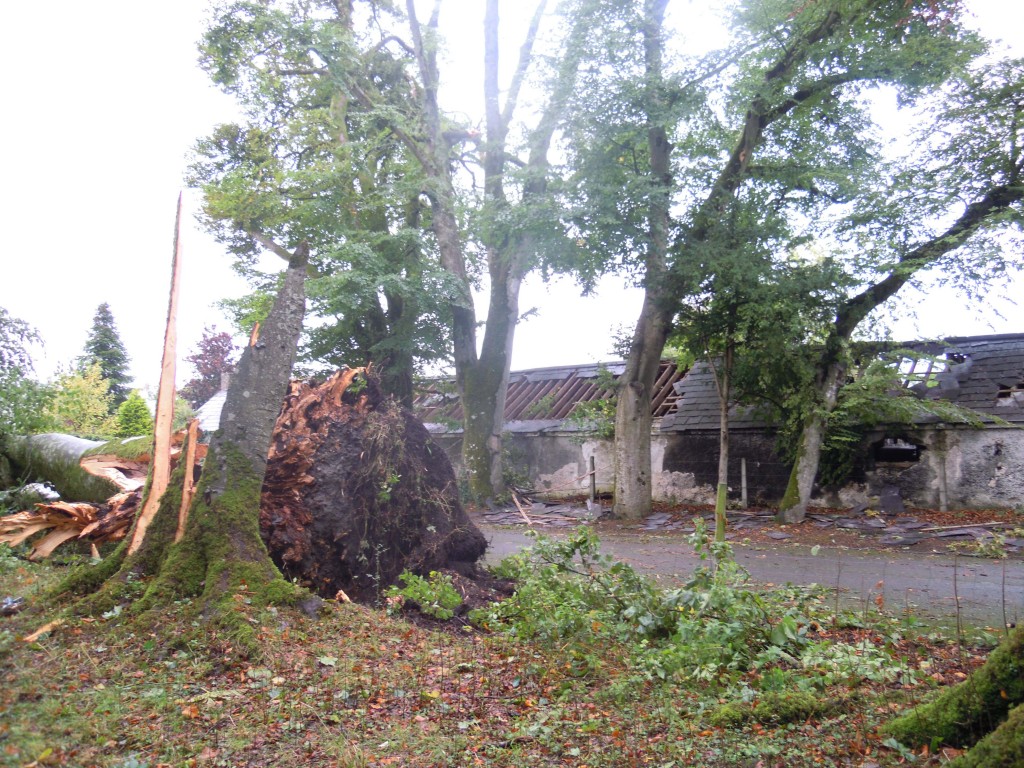
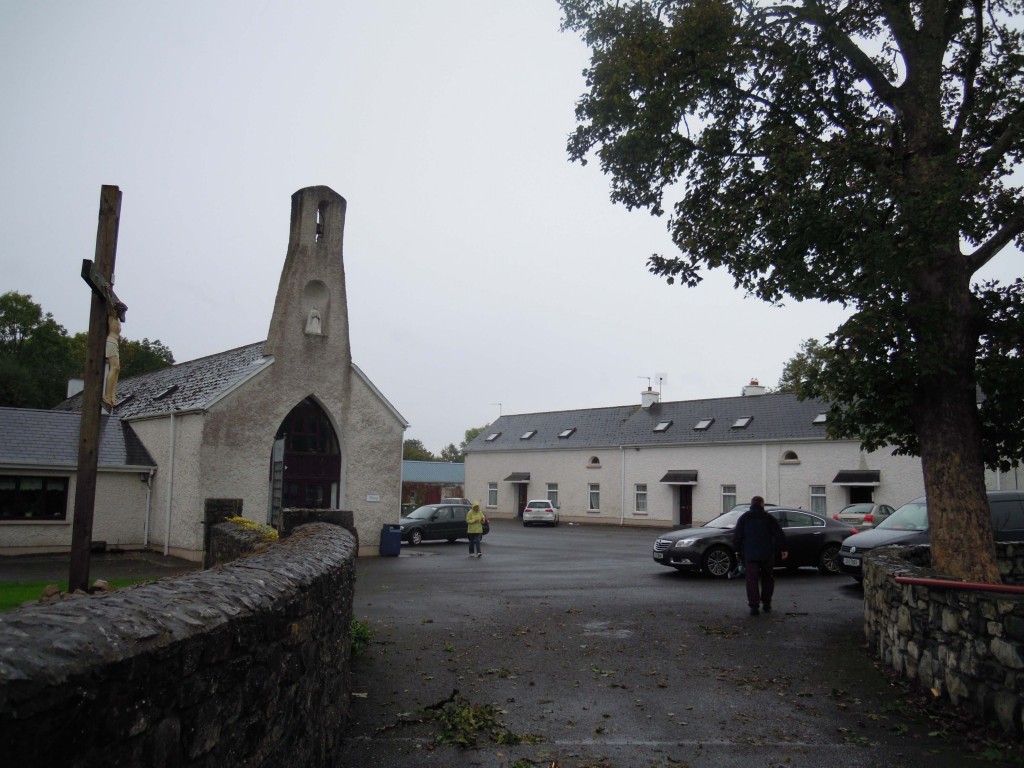
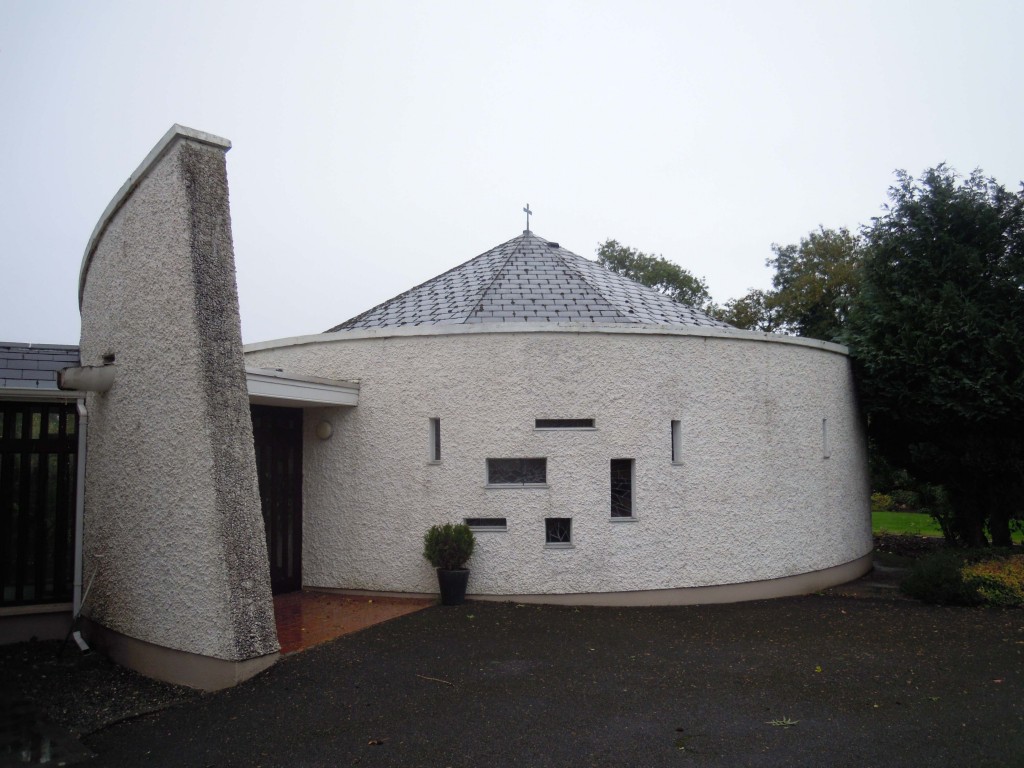
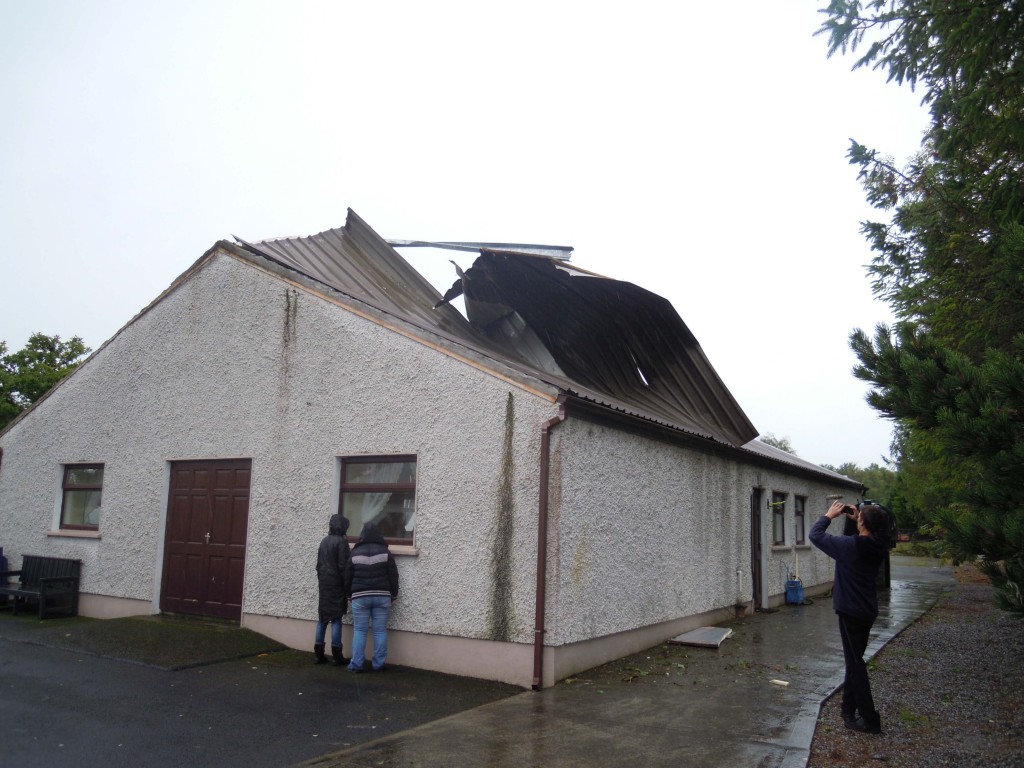
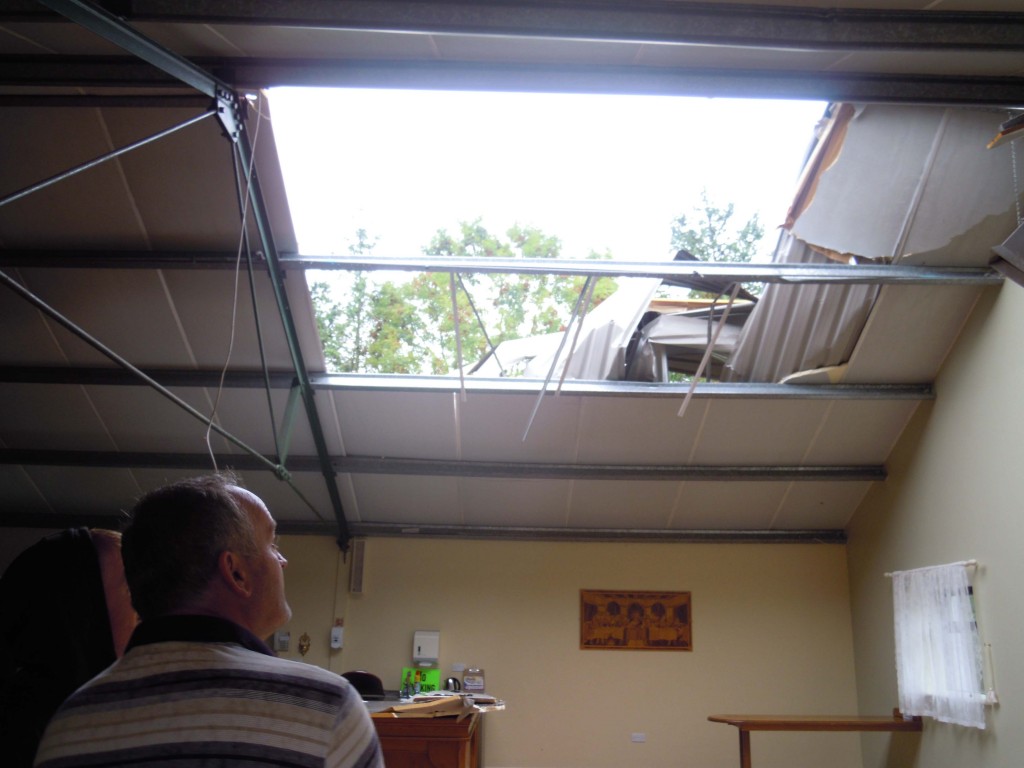
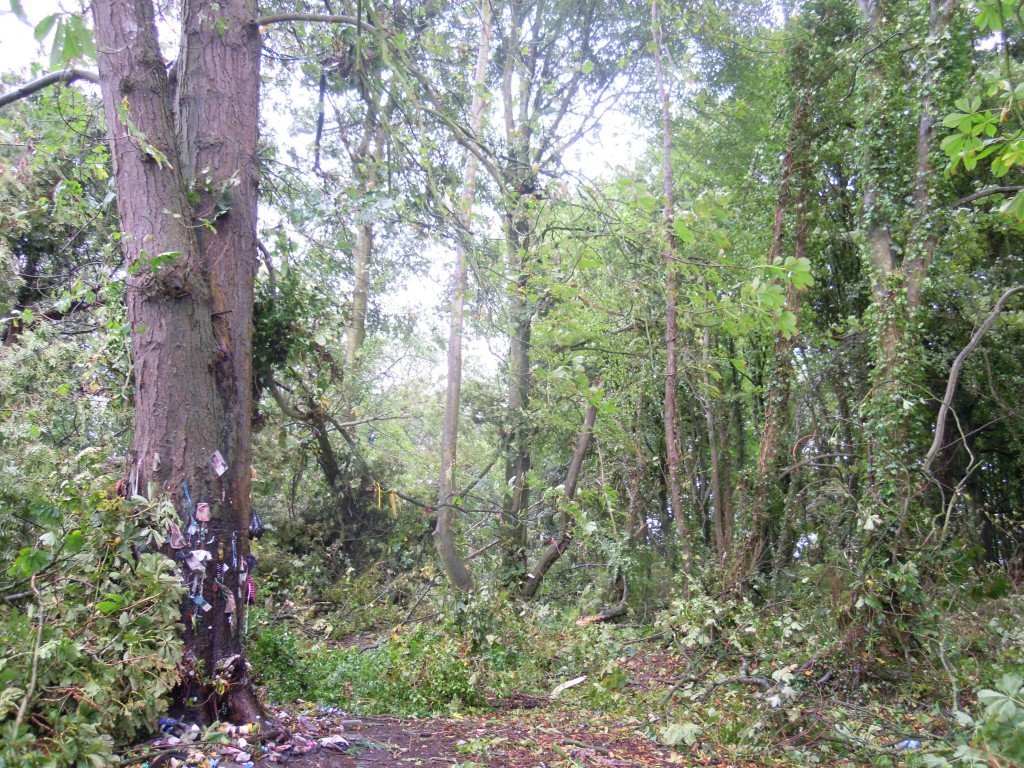
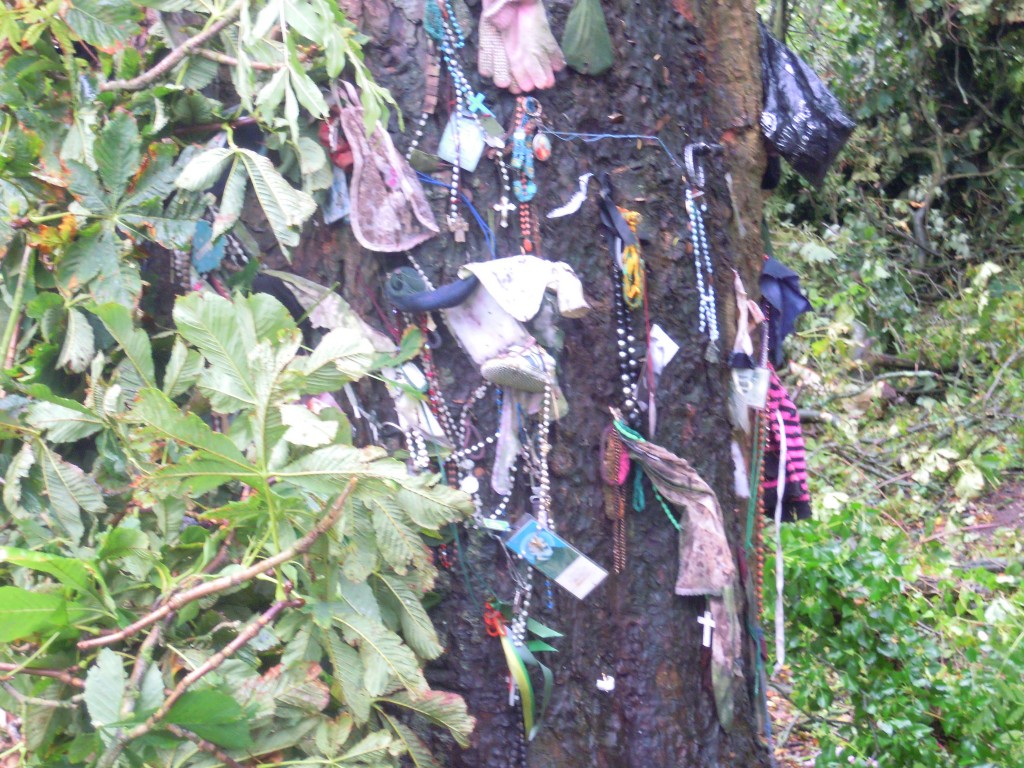
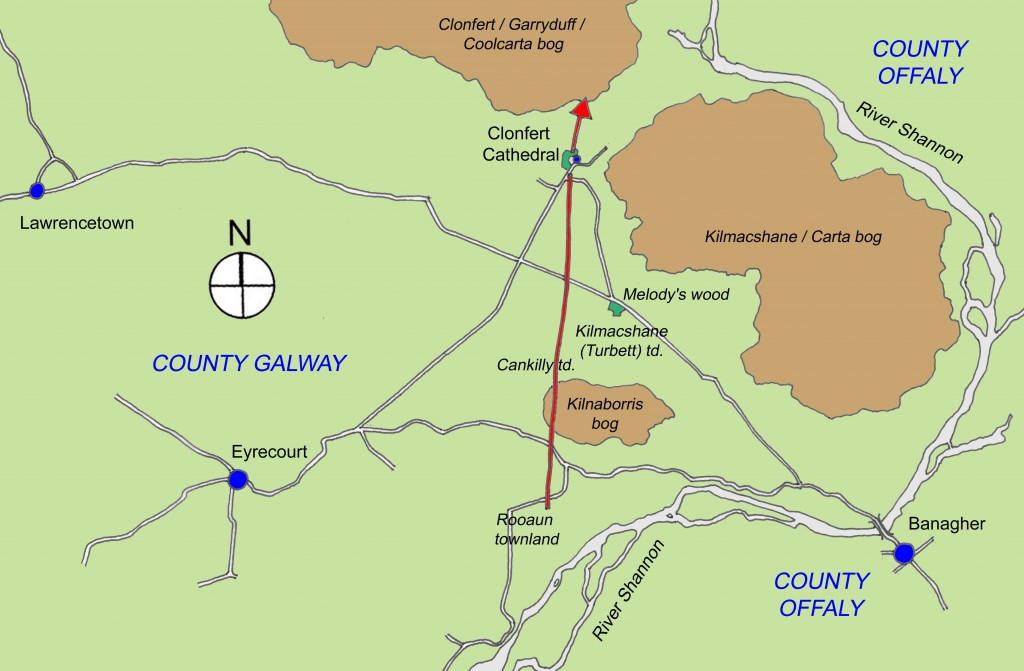
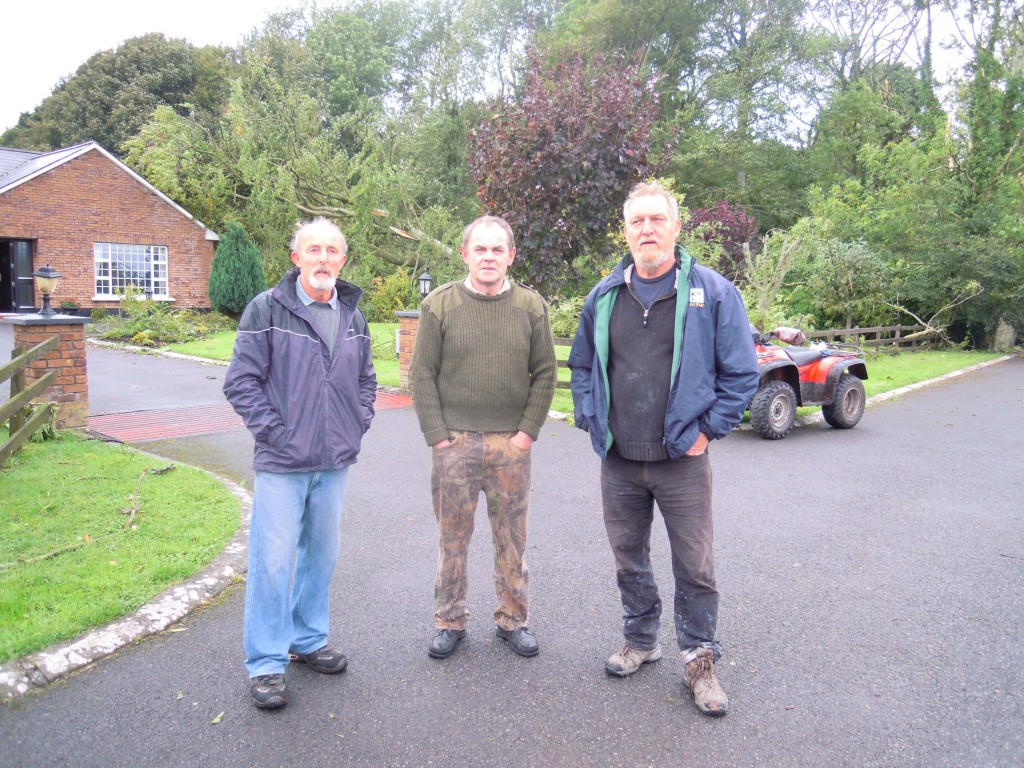
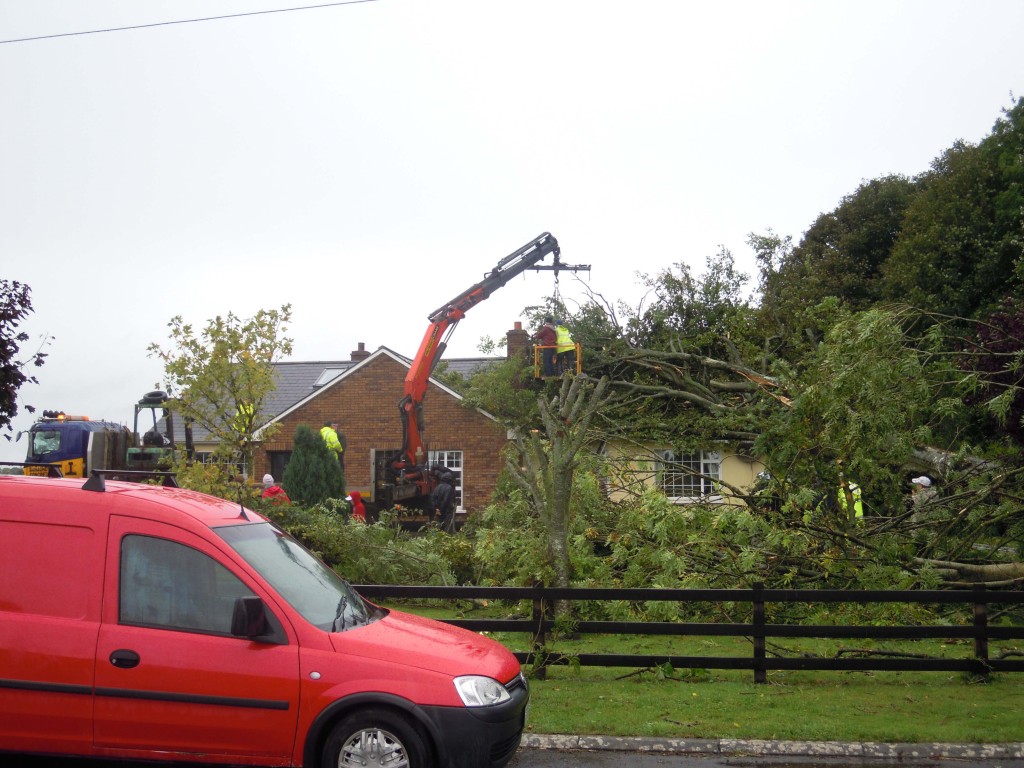
Comments are closed.